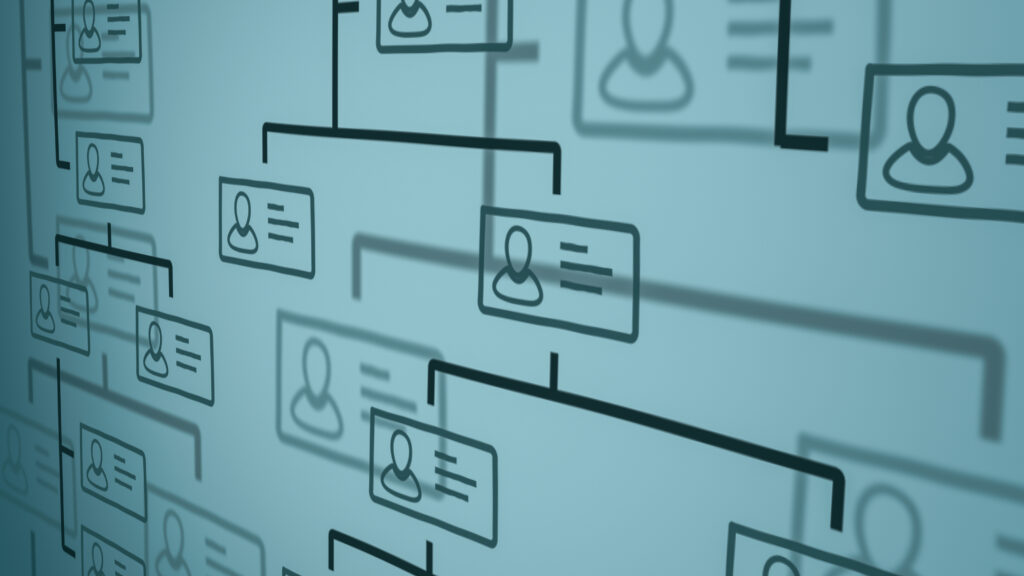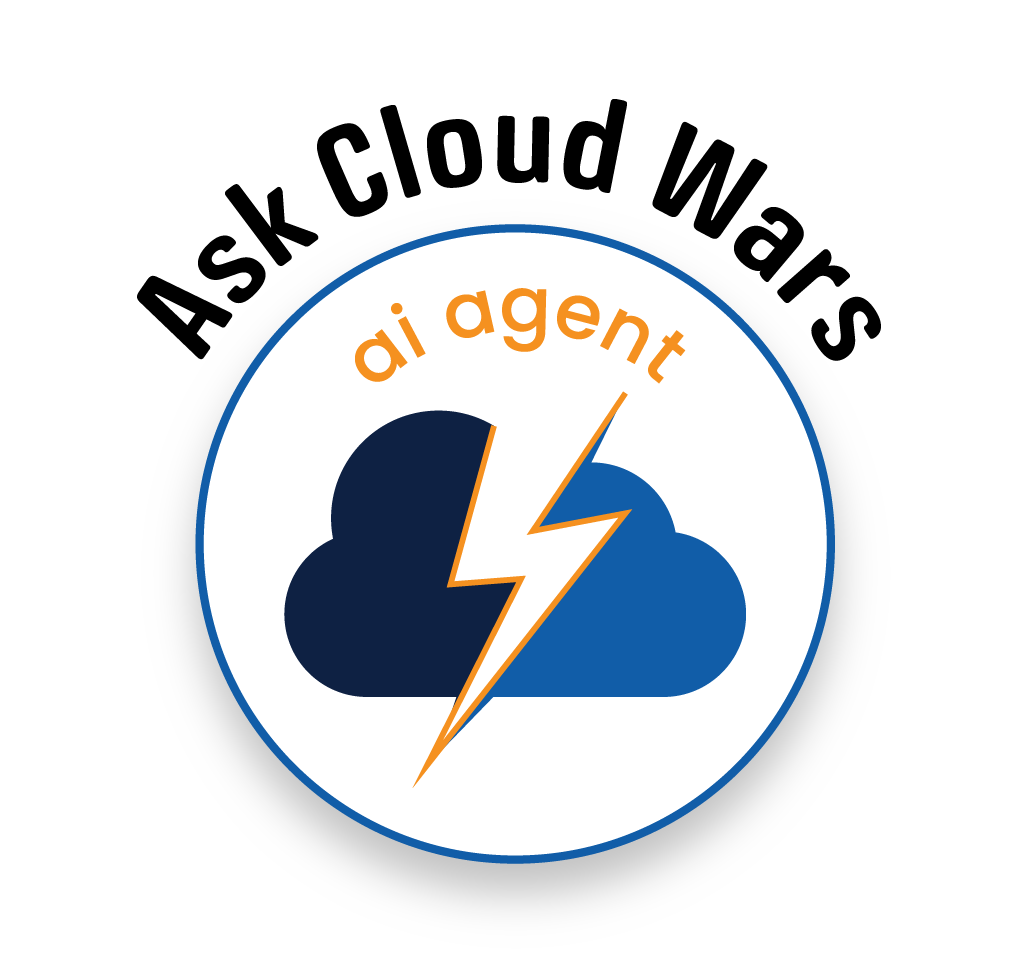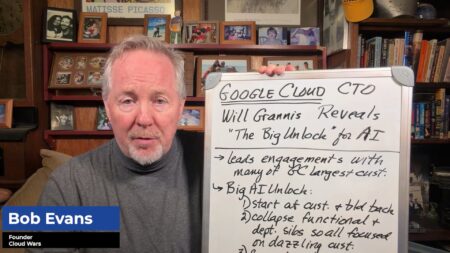
Last week’s ServiceNow Knowledge25 customer/partner event served up a healthy dose of C-suite insights into current and future organizational dynamics for the AI era.
Public comments from, and private discussions with, C-suite executives, made clear that:
- Old org structures with people confined to narrow swim lanes and working in siloed systems stand in the way of massive productivity gains from AI — so they’re an endangered species
- Speed or velocity trumps simple productivity benefits that have too often been touted as the main benefit of applications and systems including AI
- Leaders need to actively consider revenue/growth opportunities created by AI — and the resources it frees up — rather than just focusing on reduced time or people costs
This analysis presents insights from a range of C-suite leaders with additional context from our ongoing analysis at Cloud Wars.
No Room for Rigidity
During his opening keynote, ServiceNow CEO Bill McDermott referred somewhat derisively to “rigid, boring org charts” that are being blown up, or need to be blown up, and replaced by those incorporating people and AI. McDermott referenced current structures, and the siloed systems that support them, as “productivity disasters” that throttle the speed that’s so critical to competitive strength in the AI era.
It’s worth noting in this context that ServiceNow and AI giants including Microsoft, Google Cloud, and others are taking big steps forward in making their AI software interoperable through collaboration and support for emerging specifications including Model Context Protocol and Agent to Agent Protocol. Creating interoperability between agents is a major step toward breaking down silos that, along with antiquated org structures, stand in the way of AI-driven productivity gains.
Aptiv, a ServiceNow customer that provides tech to the manufacturing industry, has capitalized on AI, automation, and the ServiceNow platform to automate a high percentage of routine work. CEO Kevin Clark made a critical point about his business priorities: the tech-driven results are more about business velocity than productivity gains. In this context, that’s a clear indicator that org structures and the people who populate them need to spend their time figuring out how to tap AI to unleash velocity.
That speed should translate into better, faster results in the most critical parts of a business.
For instance, ServiceNow Chief Innovation Officer Dave Wright provided context on data shared by the company in the second installment of its AI Maturity Index. Noting that high-performing businesses (the research refers to them as Pacesetters) are not just thinking about how to lower costs; for the first time, AI technology is unlocking the prospect of redeploying people to new product development and other revenue-generating functions.
“Could you invest those heads to build something new that increases top line more than the bottom line that you save?” he asked. “In the past, it’s always been very fixed; this is what it does, this is what we’re going to use it for. But now what you’re doing is freeing enough resources that it allows you to drive organizational transformation, and that’s going to allow you to drive business transformation.”
A strong example of precisely that type of business transformation came from Cindy Hoots, Chief Digital Officer and CIO at AstraZeneca, who noted how AI is dramatically reducing time that goes into routine work and helping employees keep pace with the rapidly evolving business environment. Here’s where that will be felt most: helping the company deliver on ambitious goals to accelerate the development and delivery of medicines. “It’s crucial that in order to get life-saving medicine to patients as quickly as possible that we streamline and optimize every part of our business,” Hoots said, and AI is clearly part of that business/technology roadmap.
It’s this type of AI-driven ambition that has led to the perspective that business leaders will increasingly become managers of agents, with constructs such as human-agent ratios coming into play. Not only that, but agents are actually becoming part of org charts, yet the human role endures and even grows.
Humans Move Up the Chain
Emily Fridman, chief experience officer at the ServiceNow partner CPrime, said that AI technology is mature enough that true progress will happen when organizations make “the mindset shift, figuring out what works right and delivering value along the way and learning how to reframe the value of the human.” Humans’ ability to adapt is “really going to control how fast it can come to fruition and change organizations,” Fridman said.
These C-suite leaders all agreed that the human role — for those who recognize and act on the need to evolve their skills and think — endures and can even grow in the AI era.
With AI, “Humans are now moving up the chain because the thinking machines handle the complexity and the chaos that humans never wanted to do in the first place,” McDermott said.
Ask Cloud Wars AI Agent about this analysis










